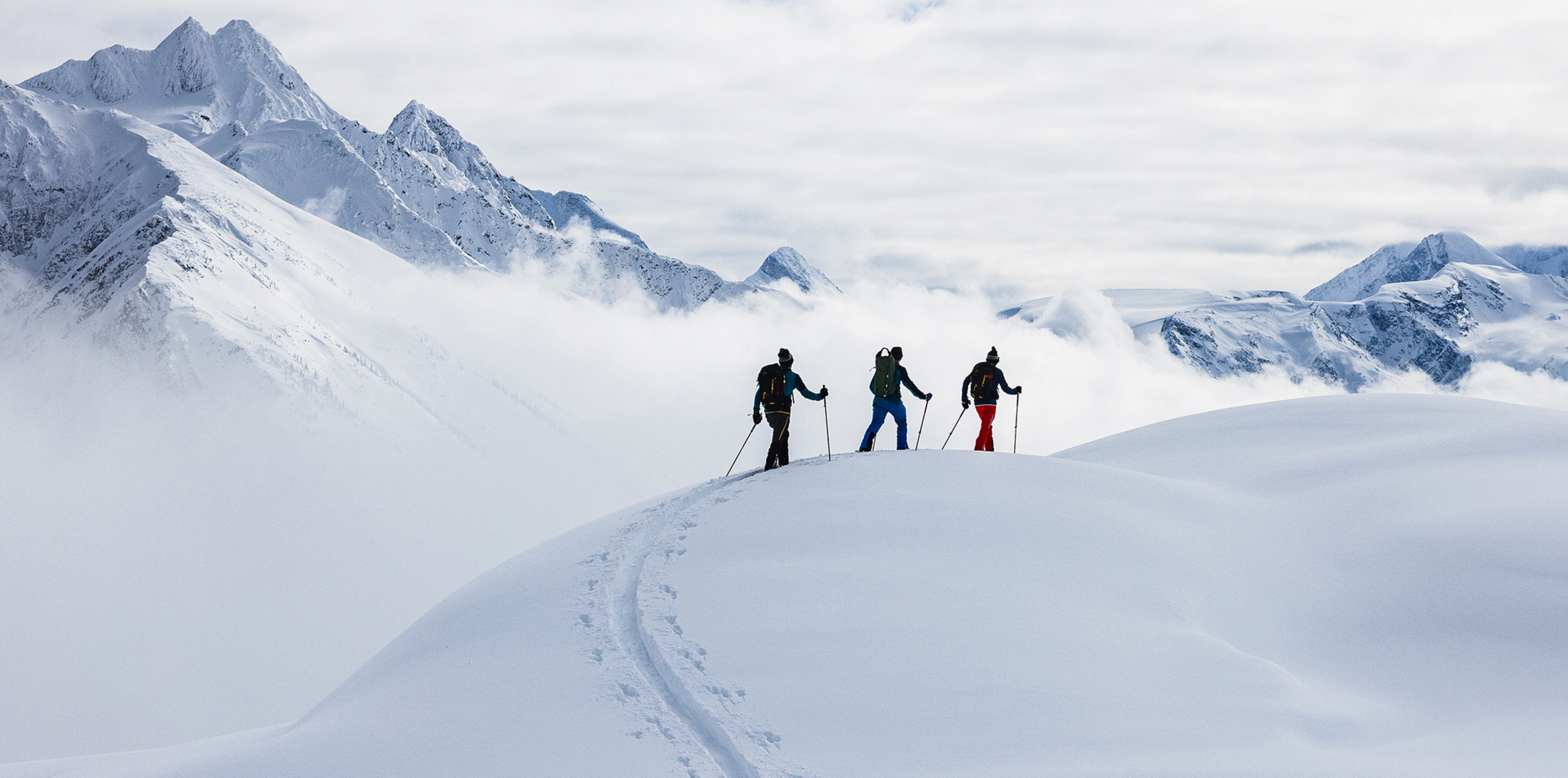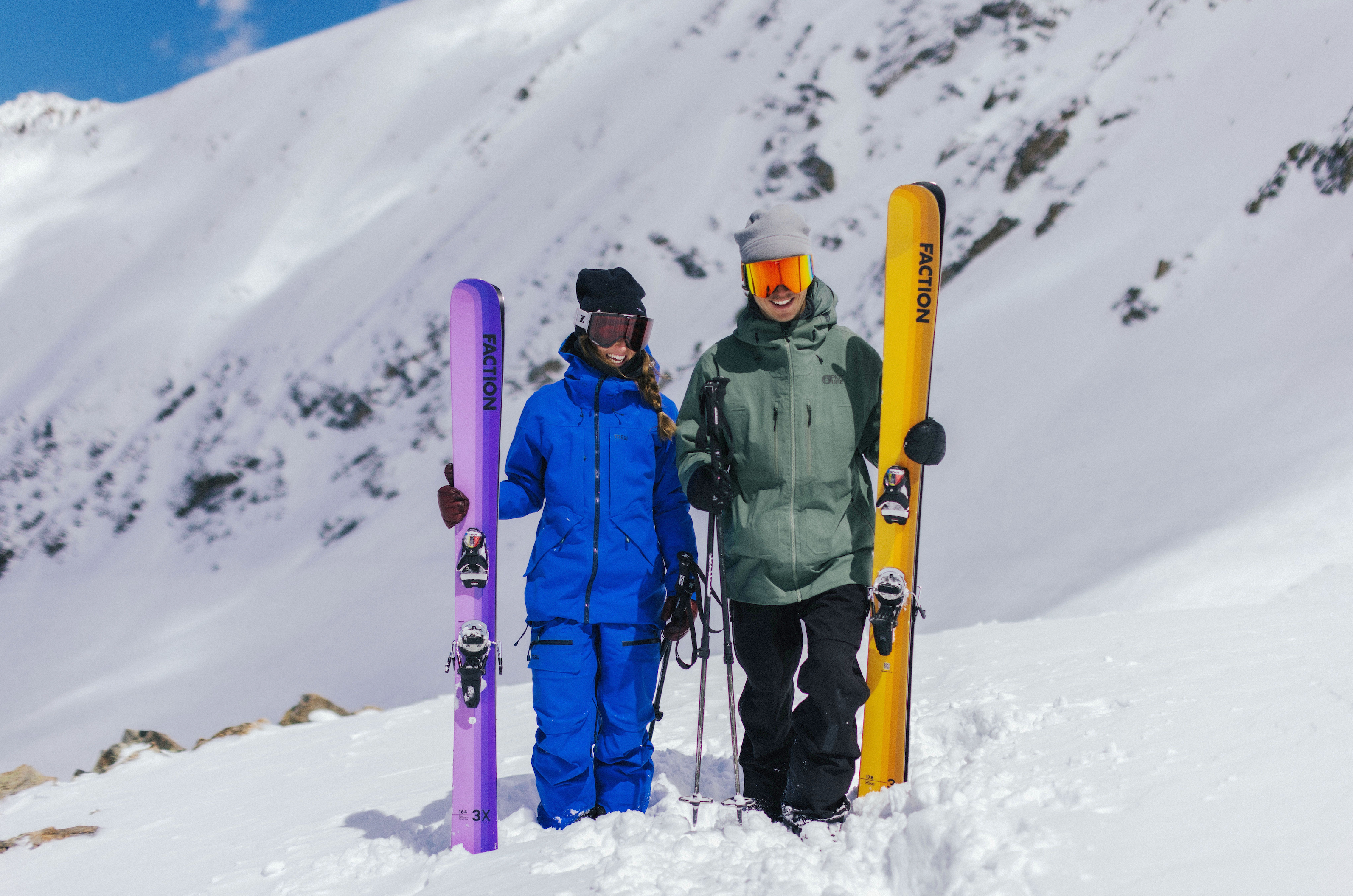A beginners guide to Backcountry skiing and snowboarding

The thrill of traversing fresh, unspoiled snow away from the hustle of ski lifts is a major draw for many to the world of backcountry skiing and snowboarding. Embarking on this adventure requires a deep understanding of the necessary skills and precautions for a safe journey.
Backcountry skiing or snowboarding can mean different things to different people - from hiking deep into remote areas to explore pristine slopes, to exploring areas just beyond the boundaries of a ski resort. Regardless of how you get there, once you're outside the groomed and monitored areas of a resort, you're in the backcountry. Ensuring you have the right equipment and training is essential.
Here's a beginner's guide to backcountry skiing and snowboarding:
Avalanche Education and Backcountry Knowledge:
Start with a basic avalanche awareness class, which is often available for free at various locations, followed by more comprehensive avalanche training courses.
Evaluate Your Skills and Physical Fitness:
Consider enrolling in a backcountry touring course and, if needed, work on improving your skiing or snowboarding skills and physical condition.
Acquire Appropriate Backcountry Equipment:
Essential gear includes an avalanche transceiver, shovel, and probe. Skiers should invest in backcountry-specific skis, bindings, and boots, while snowboarders might consider a splitboard.
Plan Your Initial Backcountry Journey:
Form a group, check the avalanche forecast, and use resources like guidebooks, websites, and maps to organize your first adventure.
Understanding Avalanche Risks in the Backcountry

Evaluating Fitness and Ski/Snowboard Proficiency

Physical fitness and skiing or snowboarding proficiency are crucial for backcountry adventures. Assess your fitness level and skiing or snowboarding skills realistically. Comfort on intermediate runs at a resort is recommended before trying the backcountry. The unpredictable conditions and unmarked terrain in the backcountry demand specific skills like using climbing skins and performing kick turns. Specialized backcountry touring classes and various online resources can provide valuable training.
Gearing Up for Backcountry Excursions
The right gear is vital for safety and enjoyment in the backcountry. This includes specific ski and snowboard equipment, as well as avalanche safety tools.
Avalanche Safety Equipment:

Essential items for each group member include an avalanche transceiver, a specialized shovel, and a probe. Avalanche airbag packs are also a popular additional safety measure.
Backcountry Ski and Snowboard Equipment:

Choose your equipment based on your preferred terrain and the balance between weight and performance. Opt for lighter gear designed for backcountry use to facilitate uphill travel. Understand the different types of skis, boots, bindings, and splitboards available.
Additional Gear:

Climbing skins, adjustable ski poles, and a suitable backpack are other essentials for a backcountry outing.
Planning Your First Backcountry Adventure

Plan your first tour with care. Never go alone; always have a group, preferably including experienced members. Check the avalanche forecast thoroughly and choose a beginner-friendly destination with easy access and low avalanche risk. Use guidebooks, websites, and maps to plan your route, ensuring it matches your group's comfort level and the insights from the avalanche forecast.
- Tags: Skills and Tips Snowsports







